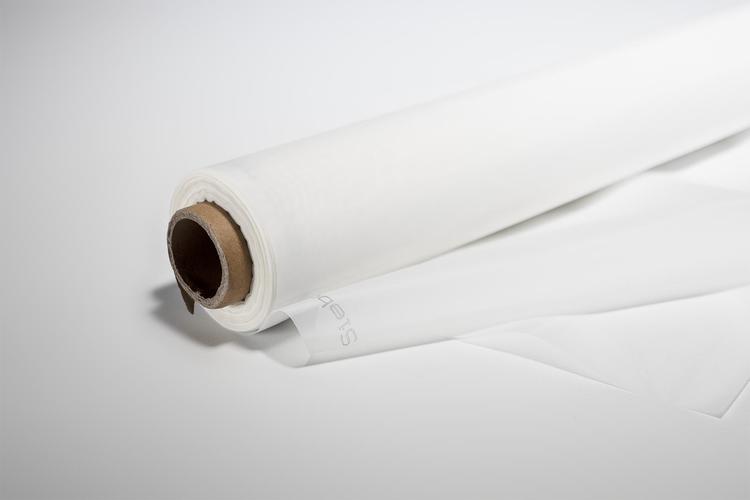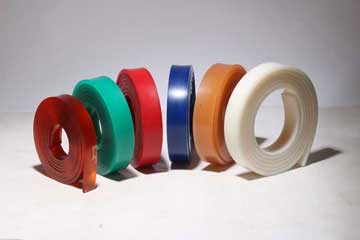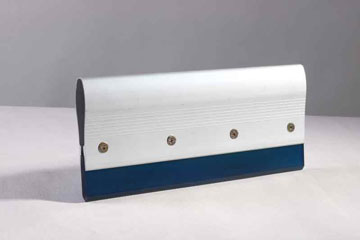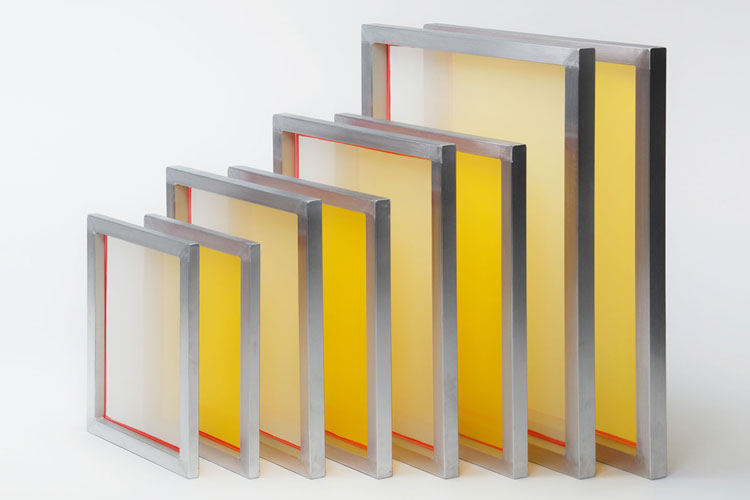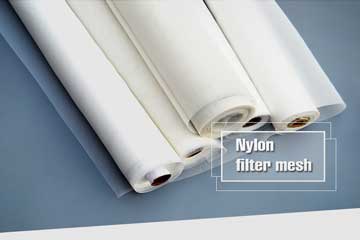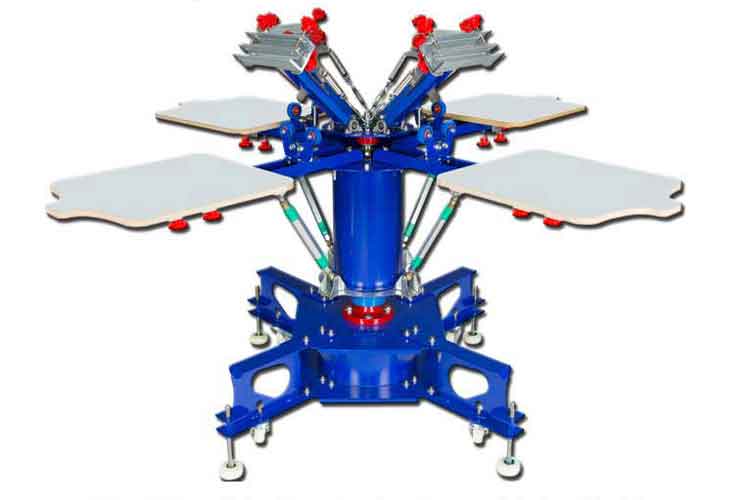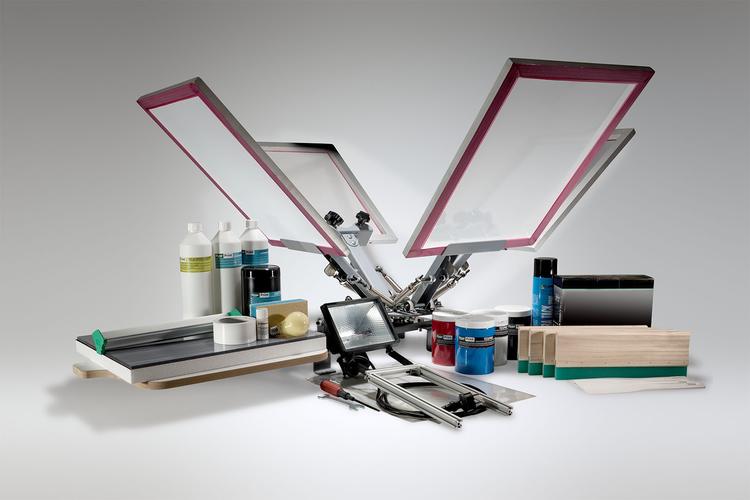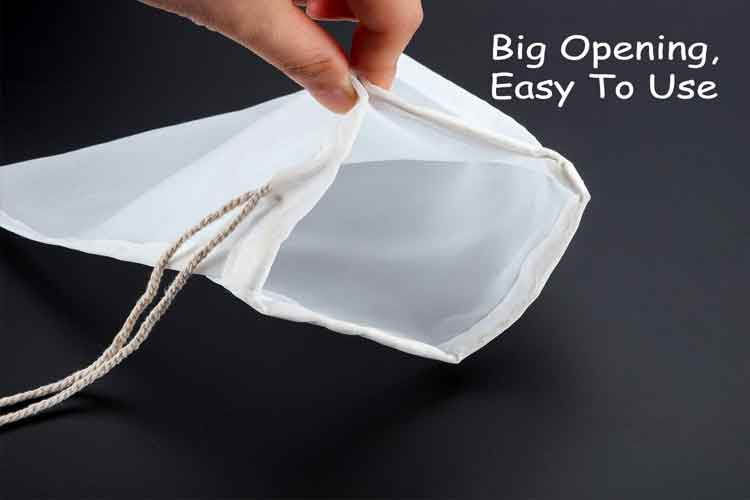Get the Perfect Fit: Why a Custom Filter Bag Is the Smart Choice for Your Process
A custom filter bag is specification-driven equipment. Spend time on the front end specifying materials, micron rating, geometry, and sealing method — and you’ll get predictable, repeatable filtration that protects equipment and reduces operating cost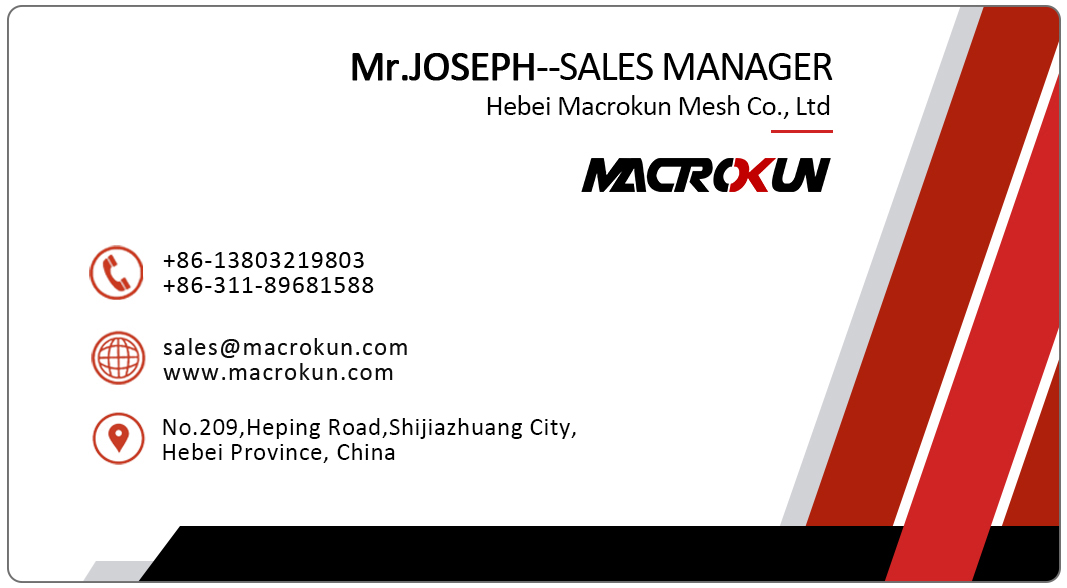
When filtration becomes a bottleneck, the quickest route to higher yield and fewer stoppages is often straightforward: use the right filter, built for your process. A custom filter bag gives you that control — the right material, the correct micron rating, a fit that seals, and the durability to survive your operating environment. Whether you run a boutique brewery, a chemical batch plant, or a high-throughput parts washer, custom bags stop being a luxury and become a practical investment.
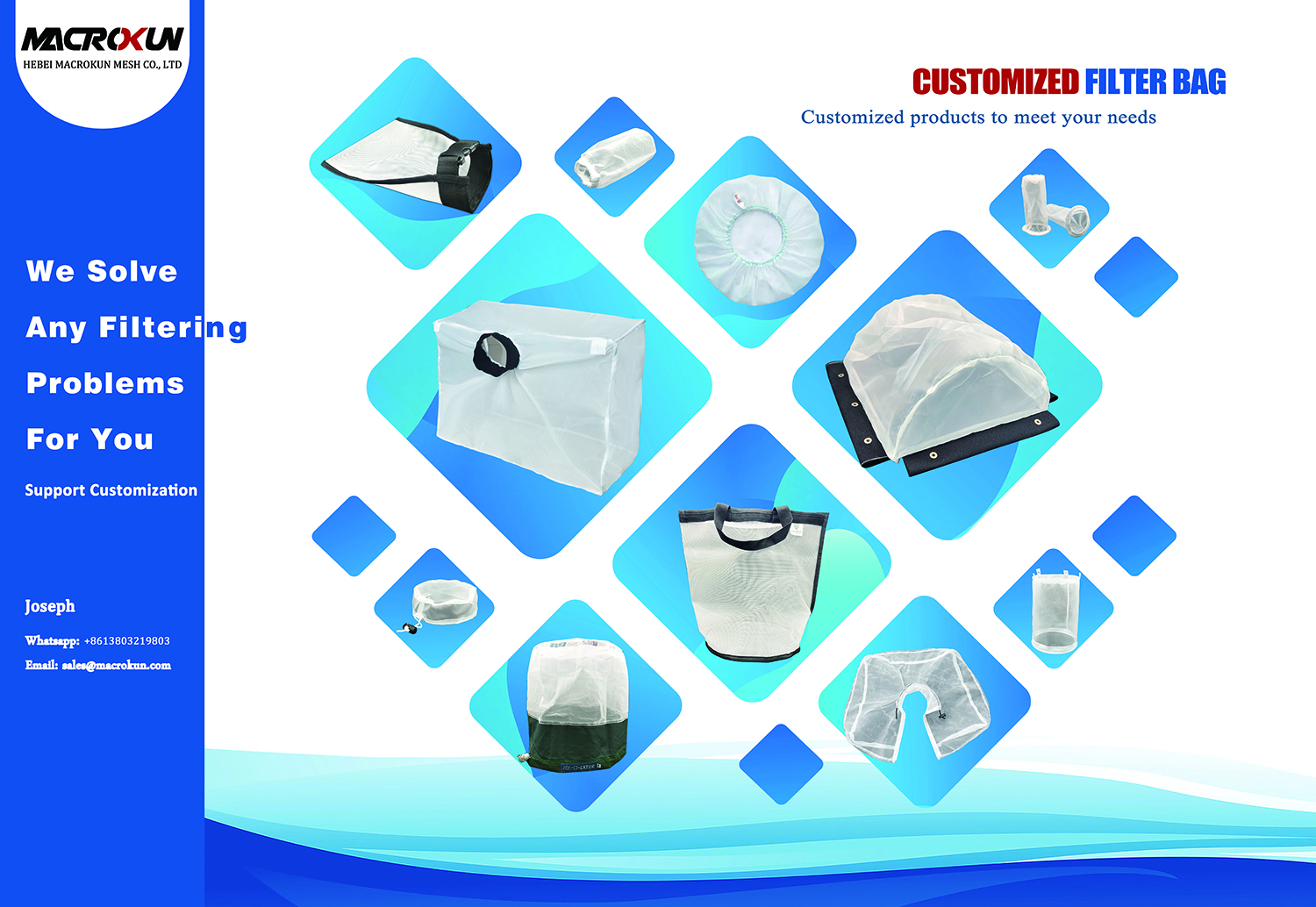
Cut waste, not corners — how customization saves money
Buying off-the-shelf may seem cheaper at first glance, but mismatched bags cause leaks, frequent changes, and product losses. A custom filter bag matched to your housing and flow profile reduces product loss at the filter face, extends filter life, and lowers labor costs from fewer changeouts. Over a few months, the small premium for a properly specified bag typically pays back through reduced downtime and lower scrap rates.
Choose the right material for your chemistry and temperature
Material selection is the foundation of a robust custom filter bag. Common choices and where they work best:
-
Polypropylene (PP) — excellent for general liquid filtration, good chemical resistance for many aqueous systems, and economical for high-volume use.
-
Polyester (PET) — strong, good mechanical performance, often used in dust collection and some liquid applications.
-
Nylon — hydrophilic options for polar solvents and applications where fast wet-out matters.
-
PTFE (Teflon) — high-end choice for aggressive chemistries and high temperatures.
-
Specialty blends and high-temperature felts — when abrasion resistance or extreme heat is a concern.
A reputable supplier will advise which material suits your solvent compatibility, pH range, and operating temperature. Selecting the correct material upfront prevents costly surprises later.
Micron rating and filtration mode — match particle control to objectives
Specifying micron rating is more than a number — it’s about what you want to retain and what you can tolerate in pressure drop. Typical rules of thumb for a custom filter bag:
-
Coarse (50–200 µm+): prefiltration or large particulate capture, high throughput.
-
Medium (5–50 µm): common for many liquid clarification tasks, balances life and clarity.
-
Fine (1–5 µm): used where clarity is critical, but expect shorter life on dirty feeds.
-
Sub-micron: specialty applications and very fine polishing — often combined with downstream cartridge stages.
A staged approach (coarse prefilter, then fine finishing bag) often yields the best lifetime and lowest total cost.
Geometry, seams and sealing — details that determine performance
A custom filter bag must mate with your housing perfectly. Consider these specifics:
-
Bag shape and length — match your vessel and maintain headspace for flow.
-
Seam type — welded seams prevent bypass; sewn seams need careful sealing choices.
-
Top-end finish — drawstring, flange, clamp, or molded ring must suit your housing interface.
-
Support options — some bags require inner cages or external supports to prevent collapse under vacuum or high flow.
Small geometry tweaks that fit your equipment precisely eliminate bypass and drastically reduce filter change labor.
Food, pharma and regulated industries — compliance matters
If you serve regulated markets, your custom filter bag must meet applicable standards. Request material certificates, clean-room manufacturing evidence, and documentation on extractables for food-contact or pharmaceutical uses. Suppliers with experience in these industries can advise on certified materials and sterilization options that preserve product safety and ease audits.
Manufacturing lead times, MOQ and how to plan
Custom means lead time. Expect a short sample turnaround (often within days to a couple of weeks) and a production lead time that depends on complexity and MOQ. Smart procurement balances a trial sample, a small initial run, and then scaled production once validation is complete. Many suppliers offer staggered MOQ options — sample first, then bulk — which helps manage cash flow and risk.
Quality checks and incoming inspection checklist
When you receive a batch of custom bags, a short incoming inspection prevents costly rejects on the line. At minimum, check:
-
Packaging and labeling against order (lot number, material grade).
-
Visual inspection for seam integrity and contamination.
-
Dimensional check for critical lengths/diameters.
-
A simple fit test on one bag to confirm sealing and geometry.
-
If required, a small process test under representative flow to confirm pressure drop and filtrate clarity.
A quick protocol like this catches issues early and documents supplier performance.
Maintenance, cleaning and reuse strategies
Depending on material and process, a custom filter bag can be cleaned and reused — or disposed of and replaced. For reusable setups, define a cleaning protocol (backwash, chemical rinse, drying) compatible with the bag material. Track how many cycles a bag survives before performance degrades, and use that fact to calculate real per-run cost. Often a slightly higher-cost material that withstands cleaning cycles yields a lower cost per processed unit.
Sustainable choices — reduce waste with smarter design
If sustainability is a priority, consider these design choices for your custom filter bag program:
-
Choose durable materials that tolerate cleaning rather than single-use disposables.
-
Design for minimal trapped product so less waste remains in the bag at discard.
-
Evaluate recyclable or energy-efficient manufacturing options with your supplier.
Sustainability is often aligned with cost savings once you factor in reduced disposal and lower frequency of replacements.
How to work with a supplier — the short checklist to get right
When you contact a supplier for a custom filter bag, provide this information to get accurate quotes fast:
-
Application description (liquid/air, expected solids, temperature, pH).
-
Required micron rating and target filtrate clarity.
-
Housing interface dimensions and preferred sealing mechanism.
-
Expected volume (trial quantity and annual demand).
-
Any regulatory or material certifications needed.
The more precise you are, the faster the supplier can design the right bag and predict lead times and costs.
Real-world stories — where custom paid off quickly
We see the same pattern across industries: a plant that switched from generic bags to a custom filter bag tailored to their slurry saved hours per week in maintenance, cut product loss, and reduced the frequency of cartridge replacements downstream. In food production, a small design change to the top flange eliminated bypass and halved filter-change labor. Those are the practical wins that drive rapid ROI.
Final thought — specification is the start of predictable filtration
A custom filter bag is specification-driven equipment. Spend time on the front end specifying materials, micron rating, geometry, and sealing method — and you’ll get predictable, repeatable filtration that protects equipment and reduces operating cost. When you pair that careful specification with a supplier who provides clear documentation, sample validation and reasonable lead times, filtration stops being an operational headache and becomes a predictable part of your process.
Pre:Achieve Ultra‑Fine Filtration with #4 Size, 0.5 Micron Polyester Felt Liquid Filter Bags
Next:Why the filter bag material determines performance and cost
Tags:
